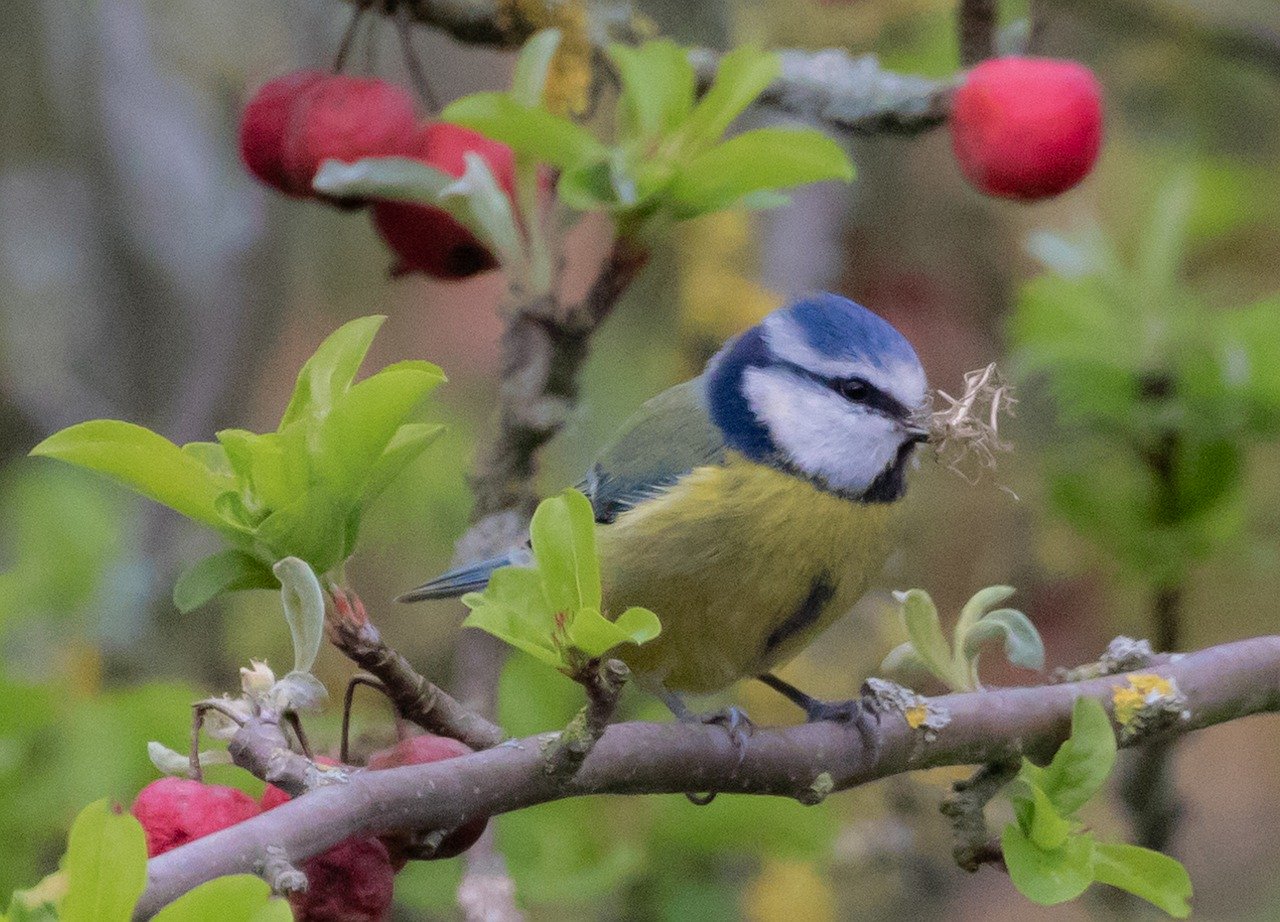Those who have greenhouses are no doubt big fans of their gardens, nature and wildlife too so we thought we’d put together this handy article brimming with tips on how to attract birds to your garden.
It is thought that winter is the only time we need to feed birds in our gardens but in fact, birds are especially vulnerable in springtime.
As we all know, here in Britain the temperatures commonly dip below freezing at night which deters birds from foraging for the seeds and insects they need. Spring is also the time of year when birds start to build nests and lay eggs, which takes up a lot of their energy. In fact, the only time birds are able to fend for themselves is in late summer.
There Are Three Main Methods of Attracting Birds to Your Garden:
Food and Water
In the wild birds enjoy a variety of seeds, for example, greenfinches prefer sunflower seeds whilst starlings, sparrows and tits are partial to peanuts. So, hanging a number of feeders and filling them with a variety of seeds and nuts will attract many different specials of birds to your garden.

The flat feeding service that stainless-steel bird feeder trays can provide will attract a wide range of larger birds such as blackboards, jays and magpies who find it difficult to get the seeds from the hanging variety of feeders.

Fat balls and peanut cakes also provide your birds with essential nutrients. Currants, sultanas and dried berries are appealing to large birds like thrushes.
You can also feed birds that visit your garden with the following kitchen scraps:
- Bacon rind (unsalted)
- Apple cores
- Dried fruits
- Cooked rice
- Cooked potato
- Suet or pastry
As with most animals, birds need access to a good clean water supply. A shallow bowl will suffice for drinking and an upturned dustbin lid is a perfect way to provide birds with a place for bathing.
Nestboxes
Untreated bird boxes will attract birds to your garden by providing the perfect environment for your birds to lay their eggs and rear their young.
Placement of your bird boxes is a trial and error procedure, but a good rule of thumb is to securely fasten the boxes approximately 10ft – 15ft off the ground in a tree or on the side of your house. Do not place any nestboxes close to a feeding area, as the regular traffic of other birds is likely to prevent breeding in the box.
Some authorities recommend nails to attach the boxes to a tree trunk, others prefer the use of rope or wire around the box and tree. The RSPB recommends:
“Fixing your nestbox with nails may damage the tree. It is better to attach it either with a nylon bolt or with wire around the trunk or branch. Use a piece of hose or section of car tyre around the wire to prevent damage to the tree. Remember that trees grow in girth as well as height, and check the fixing every two or three years.”
Your nestboxes should be annually cleaned out after the end of the breeding season, old nesting materials should be removed, and the box should be sterilised with boiling water to kill and parasites, then dried out before reuse.
Good Foliage
 A good mix of trees, shrubs and flowering plants will provide security and cover near to the feeding stations for smaller birds. Larger birds will perch in the bigger trees. Planting native plants, such as mountain ash, silver birch, hawthorn and holly, help to attract birds to your garden enormously.
A good mix of trees, shrubs and flowering plants will provide security and cover near to the feeding stations for smaller birds. Larger birds will perch in the bigger trees. Planting native plants, such as mountain ash, silver birch, hawthorn and holly, help to attract birds to your garden enormously.
Ornamental trees such as cherries and crab apple will also offer a fruity treat for the birds.
Try planting climbers such as ivy or honeysuckle and rambling roses over Pergolas archways and walls.
We hope this article has helped answer your question of ‘how to attract birds to your garden?’
Browse our greenhouse heatersor view our greenhouse accessories.


